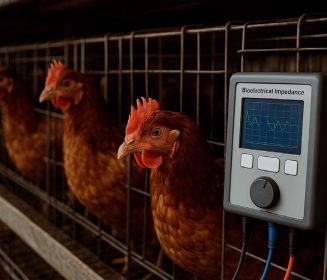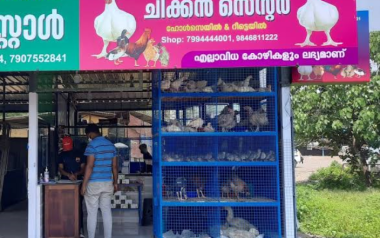15 Feb 2022
Myopathies in poultry farming, their importance for the global results of the business
Content available at: Español (Spanish)Avian myopathies are diseases that affect the muscle of birds. Here we will deal only with […]
Available in other languages:
Content available at:
Español (Spanish)
Avian myopathies are diseases that affect the muscle of birds. Here we will deal only with those that affect the breast muscles – the Pectoralis major and minor – and those of the back of the birds.
Present on four continents, they have caused severe technical and economic disruption to the global poultry industry. The genetic selection that the modern chicken has undergone in recent decades has allowed it to achieve an incredible body and breast growth rate. This gain did not come without a cost yet but was accompanied by severe anomalies – myopathies. Myopathies affect the breast quality of modern fast-growing and slow-growing chickens alike, with heavy birds, 3kg or more, the most susceptible to the problem.
Of different types and locations in the carcass – Green Muscle, Cranial Dorsal Myopathy – CDM, and Ribbed, Wood, and Spaghetti Breasts – myopathies have long been incorporated into the daily routine of poultry slaughterhouses around the world. In any manufacturing process, the occurrence of manufacturing defects, although unwanted, is inherent. It doesn’t matter if cars or chickens are made! With automobiles, when a manufacturing defect is detected, the line is stopped, the defect is corrected, and then it occurs again.
In the case of chickens, healing a “factory defect” is much more complex. The bird is a living organism with a long production cycle – from its initial project to its arrival on the market, ten years of work are necessary. So, you can’t eliminate a manufacturing defect by simply stopping production, making the correction, and then re-producing. With chickens, corrections must be made in the bird’s “project,” the actual beginning of its production cycle. Furthermore, since “manufacturing defects” are often multifactorial and complex, corrections require time before they have the desired effect.
Currently, only the causes of Green Muscle and Cranial Dorsal Myopathy are known. Of the other myopathies, the causes are still uncertain! The occurrence of
TO CONTINUE READING REGISTER IT IS COMPLETELY FREE
Access to articles in PDF
Keep up to date with our newsletters
Receive the magazine for free in digital version
REGISTRATION
ACCESS
YOUR ACCOUNT
LOGIN
Lost your password?






































